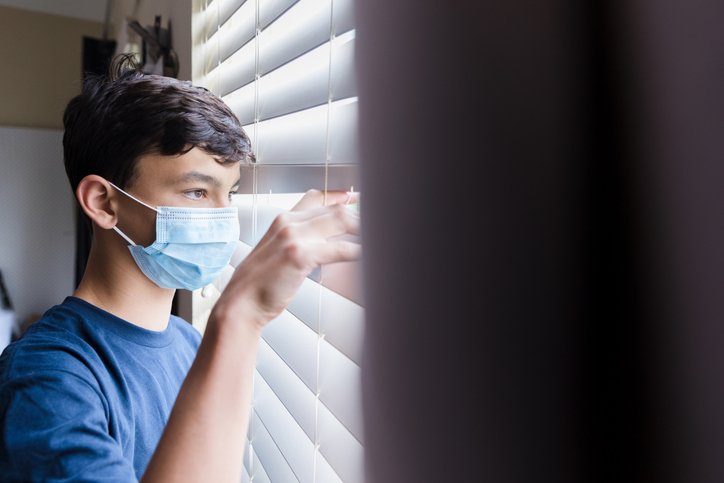
By Alicia Wanek
“Community as the Answer to Loneliness”
“We have all known the long loneliness, and we have found that the answer is community.”
Dorothy Day
Last summer, the CDC conducted a mental health survey revealing that one in four individuals aged 18 to 24 had “seriously considered” suicide within the prior month. Additionally, the CDC reported a significant increase in mental health-related visits among children aged 5–11 and 12–17 years, rising approximately 24% and 31%, respectively, from 2019 to 2020. Clearly, the isolation and stress from the pandemic have played a major role in these alarming figures.
The Impact of Isolation on Youth
“People need people,” states Dr. Dean Beckloff, a licensed counselor and founder of the Beckloff Behavioral Health Center. He notes the toll isolation has taken, observing its effects on the children he treats. For some, the absence of in-person social interaction is devastating, while others have adopted unhealthy patterns of social withdrawal. A 2015 study from the University of North Carolina indicated that socially active teens experience better health outcomes than their more isolated peers, particularly regarding weight, blood pressure, and stress hormone levels.
Parental Involvement in Social Engagement
It’s essential for parents to monitor how their child copes with extended time at home; the younger the child, the more proactively they should create opportunities for social interaction with peers. “Some families have been very intentional about meeting social needs,” Dr. Beckloff explains. He points out that certain families in his practice have formed social “bubbles,” agreeing to only interact within a small group to minimize illness risk. Others have enlisted a teacher to conduct school sessions with a trusted group of families.
Creating Social Opportunities for Children
For younger children, parents can facilitate playdates via Zoom and explore online games together. However, as children grow older, arranging such opportunities becomes more challenging. “Engage the kids in problem-solving and allow them to use reasoning skills,” Beckloff suggests. He advises asking, “We need to be doing something with people. What ideas do you have?” Some children might require a little encouragement. “A Zoom format can reduce anxiety for kids who are shy or reluctant to seek out others,” he explains. It may be tough, but parents need to provide avenues for children to connect, alongside discussing technology safety.
Addressing the Needs of Outgoing Teens
As the pandemic worsened, many families have become even more isolated, making it particularly hard for outgoing teens. These adolescents often push their parents to socialize with friends, and Dr. Beckloff notes they may experience heightened stress and frustration due to social isolation. Parents should allow their children to express these emotions—whether sadness, anger, or frustration—and reassure them that such feelings are normal. It’s crucial for teens to understand the family’s guidelines regarding social interactions and the reasons behind them.
Challenges Faced by College Students
Dr. Beckloff points out that college students today are experiencing strong emotional responses due to the disruptions in their social lives. For those who attended college prior to the pandemic, the shift can be especially jarring. One of his clients had to leave college in California when classes transitioned online. While she realizes this period is typically about gaining independence, the reality of being back home can lead to genuine feelings of depression and grief. “Tensions are immense, and conflicts can be huge,” he acknowledges.
The Importance of Physical Activity
Everyone grappling with stress—children, teens, young adults, and parents alike—must prioritize physical exercise. Dr. Craig Miller, a psychiatry professor at Harvard, emphasizes that, for some individuals, exercise can be more effective than antidepressants. Engaging in physical activities as a family could be beneficial for everyone involved.
Understanding Adolescent Isolation
Senator John McCain, despite enduring severe hardships as a prisoner of war, often described the loneliness of solitary confinement as one of his most challenging experiences. While what adolescents face today cannot be equated to the isolation experienced by POWs, it can still be deeply painful for them. As parents, we must acknowledge their feelings and support them in seeking connection. Hopefully, it won’t be long before these connections can once again be established face-to-face.






